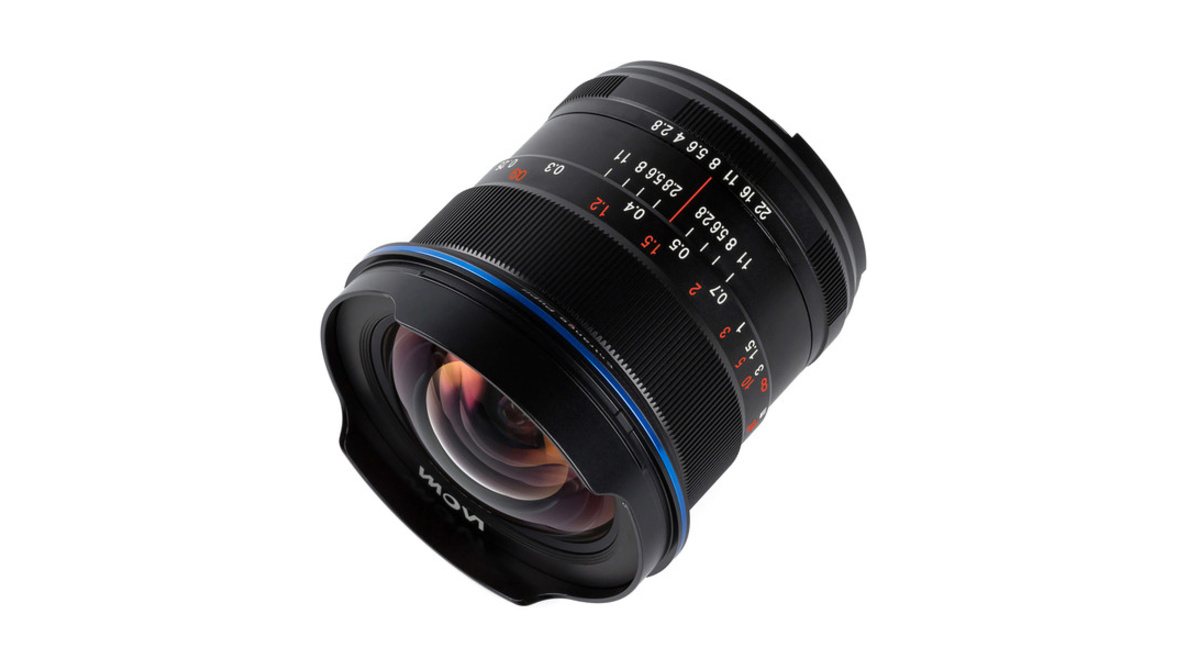[ad_1]
Certain tools, including lenses, are often intended to be used in specific ways. However, by working in an unintended manner, you can create something unique and unexpected.
Working as Intended
For example, there are certain lenses which just innately work well for certain things. From my own kit of lenses, I usually lean on my 85mm for portraits. This is because it is wide enough and long enough to work on location, and whether on location or in studio, it offers a type of image which shows off the subject as “true to life.” Alternatively, if I am wanting to get a similar effect but am in a tighter space or want to show more of the subject, I’ll pull out my 50mm lens.
As one final example, neither of these really work if I want to shoot close-up beauty work which shows off all the beautiful skin textures of the subject.
My point is: certain lenses are just better for certain jobs. I wouldn’t eat spaghetti with a spoon, and I wouldn’t eat soup with a fork. I could, but it would just be making things harder for myself. But the thing is, photography isn’t eating food. As a creative exercise, knowing the specifics of a lens and how to use it is great. But the other side of this example is that you can also break these “rules” to find images which provide a different perspective or point of view.
Distortion
All lenses distort. An image is just that: a facsimile or copy of the real world. The key factor is knowing how a specific lens distorts and to what degree.
Certain lenses, as mentioned, work well for certain things. Most short lenses, such as the Laowa 12mm f/2.8 ZERO-D, tend to distort images so they become more and more “fish-eyed.” The center of the images bulges larger and the edges become increasingly compressed. As an example, Tim Walker recently used a fish-eye lens to great effect to photograph musician Harry Styles.
The 12mm Laowa, by contrast, is a rectilinear lens. Instead of distorting straight lines to curve and bend, it keeps everything linear. There is distortion still. The center of the image seems smaller and further away, and the edges stretch out as if falling out of the frame.
To quote the makers themselves:
…this is an ideal lens for a variety types of photography. From landscape, architecture, interior, travel to the most important, astrophotography.
Breaking the Rules
To use this lens for portraits seems so wrong. As with anything, knowing what a lens does is an important first step.

For this shoot, I worked on location in a rented studio set up to look like a Parisian parlor. There were elaborate tapestries and amazing furniture. But the space was tiny. Shorter lenses are usually fish-eyed, and so, there is a trope that if they are shot in a small space, we feel as if the space is actually small. By working with a rectilinear lens, I was able to show a lot more of the location but break the trope that most fisheye lenses offer.
Secondly, I didn’t fight what the lens does. I know it stretches out the edges of the frame. I used this to creative effect and put body parts towards the edges to intentionally stretch them out.
For a standing model, this makes them look even taller. And for those sitting or in other poses, it stretches out and elongates limbs to offer an image which is more eye-catching than if things were more correctly proportioned.
These few images are part of a larger editorial of images, and so, I didn’t just use this one lens to photograph everything. But by interspersing images on this lens with some of the other lenses in my kit, I was able to create a body of images which offer this otherworldly, dreamlike story, which was my intention all along.
[ad_2]
